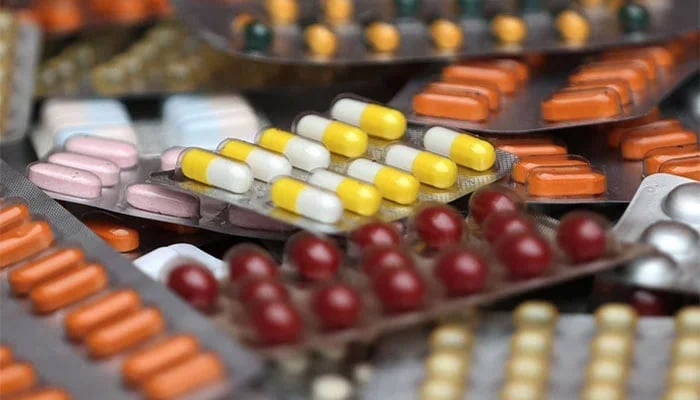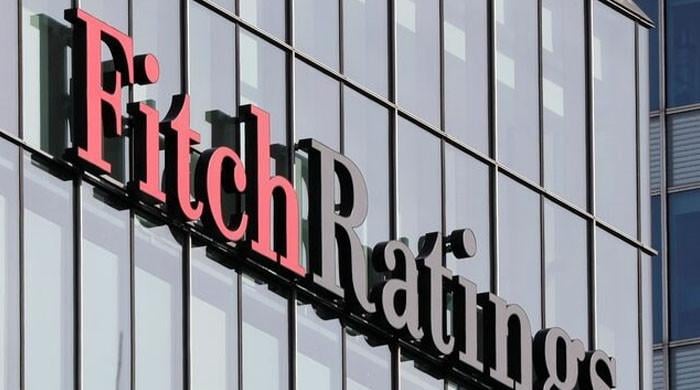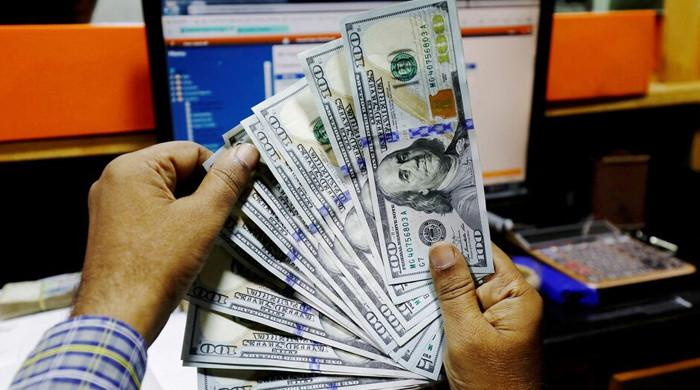DRAP suggests using Chinese currency to import medical raw materials
DRAP chief proposes importing raw materials in Chinese currency to ensure availability of life-saving drugs
January 26, 2023

- Pharmaceuticals facing difficulties in raw material import: reports.
- 55% of medicines' raw material comes from China: DRAP chief.
- Imports from China can be increased to 70 to 80%, says Asim Rauf.
KARACHI: The Drug Regulatory Authority of Pakistan's (DRAP) Drug Availability Committee has suggesting importing medical raw materials and equipment from China in its currency, RMB (Yuan), to ensure the availability of essential medicines amid a dollar liquidity crunch.
DRAP Chief Executive Officer (CEO) Asim Rauf told leaders of the local pharmaceutical industry at a meeting in Karachi today, “as the LCs issue is hampering the import of active pharmaceutical ingredient (API) from China and India, the Drug Availability Committee of DRAP has come up with a solution to import the medicines' raw material from China in its local currency RMB (Yuan) to ensure availability of essential medicines in the country.”
The News reported that pharmaceutical companies are facing difficulties in importing raw materials and finished biological products, cancer therapies, hormones, and other therapeutic products due to the dollar liquidity crunch as local banks refuse to open Letters of Credit (LCs) for the imports from China, India and some other countries.
DRAP chief said that they were working on resolving LCs issue for the local pharmaceutical industry on the PM Office's directive, and proposed to the State Bank of Pakistan and the finance ministry to look into the possibility of importing pharmaceutical ingredients using Chinese currency, adding that around 55% of the medicines' raw material already comes from China. “The pharmaceutical products’ imports from China can further be increased and taken up to 70 to 80%, he added.
Rauf added that as they were facing a shortage of dollars, they could trade in the Chinese currency to ensure the availability of essential medicines, medical devices and other therapeutic goods.











